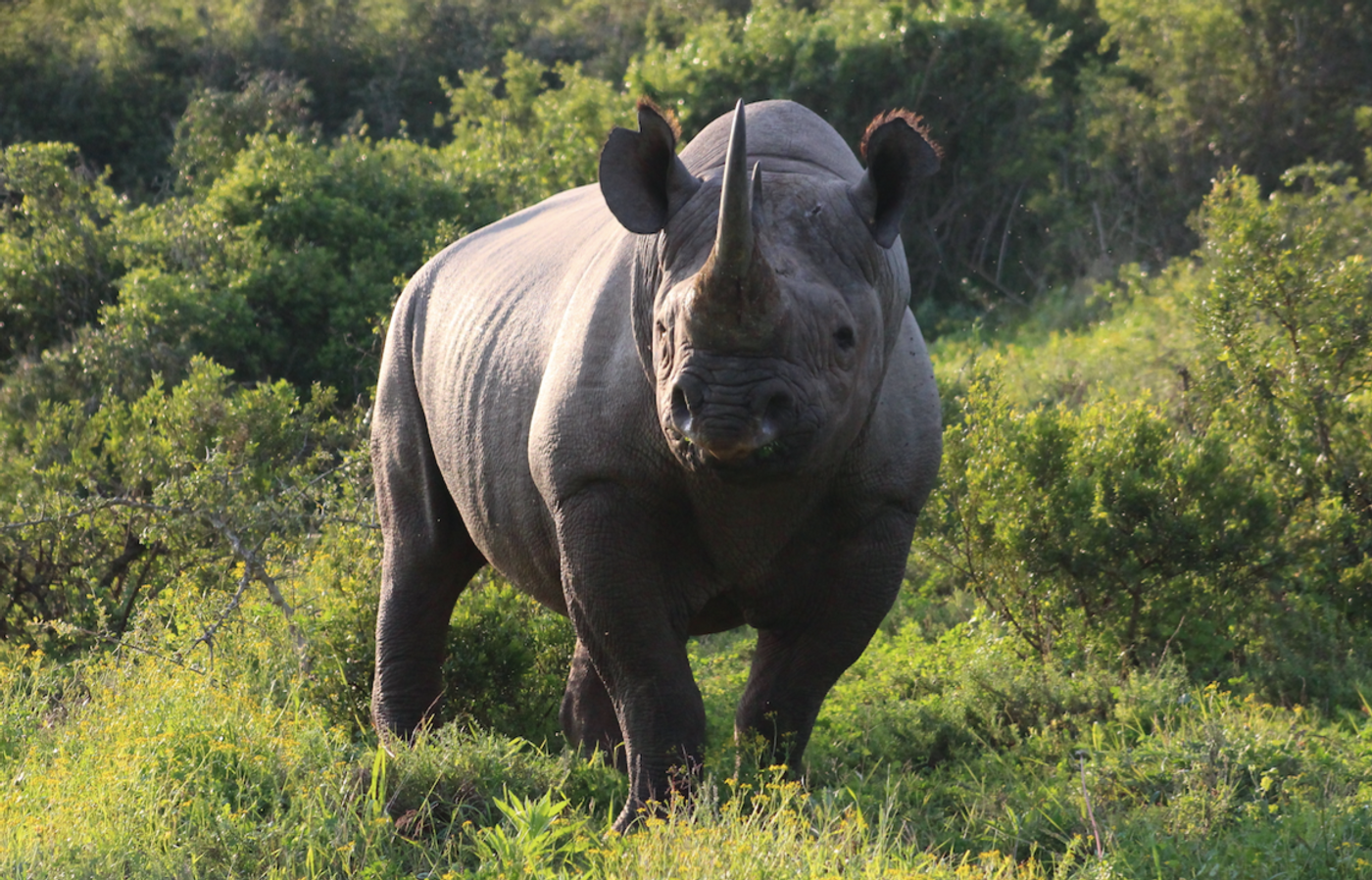Comparison of 240 Mammalian Genomes Reveals Many Unique & Shared Features
The Zoonomia project is an international effort to understand how a huge array of diverse creatures can arise from mammalian genomes. Mammals can be found in almost every kind of environment on the planet, which they have been adapting to for the past 100 million years. By comparing the genomes of these animals, we can learn how differences have arisen across evolution, and more about biology. These insights can also help us learn more about our own physiology, and may provide new insights into disease.
The researchers behind Zoonomia have now published several papers, with an introduction in Science. The reports outline the findings from a comparison of the genomes of 240 species, including animals like the aardvark, bison, capybara, narwhal, tiger, and zebu. This comparison illustrates which places in the genome have remained very similar or even identical in very different types of animals over many years of evolution; these traits are conserved, and thought to be some of the most crucial for life.
Other genetic features or regions are more unique to a species, and may only be found in certain animals that do something unsual, like hibernate or have extraordinary senses of sight or smell. This research also revealed species that could be particularly vulnerable when the environment is altered, and may be more likely to go extinct. Mammals that carry fewer changes in the most conserved sequences are more susceptible to extinction, said the researchers.
One study has shown that about ten percent of the human genome has been conserved across species, and many parts of this conserved region do not code for protein.
“One of the biggest problems in genomics is that humans have a really big genome and we don’t know what all of it does,” noted Zoonomia project participant Professor Elinor Karlsson, director of the vertebrate genomics group at the Broad Institute of MIT and Harvard among other appointments.
There were over 4,500 genetic elements that were found to be almost the exact same in over 98 percent of species that were analyzed. Many of these conserved parts of the genome are related to embryonic development and the control of RNA expression.
There are also parts of the genome that change a lot across species, such as those that help an animal connect with its environment, like skin development or immune response.
In another study, genomes were compared as they evolved. This research revealed variants that could be having massive impacts on health; some genetic mutations were identified that could be causing diseases including cancer. Changes in the genome that are specific to humans, including how our genome is organized, regulatory sequences it contains, and genomic regions related to brain size were also discovered.
Other research showed that a very diverse group of mammals was roaming the planet even before dinosaurs went extinct.
In another paper, scientists focused on the genome of a famous sled dog named Balto who worked in the 1920s. This study showed why the dog was exceptionally good at surviving in the extreme environment of Alaska.
“This package of papers really shows the range of what you can do with this kind of data, and how much we can learn from studying the genomes of other mammals,” noted Karlsson.
Sources: Broad Institute of MIT and Harvard, Science









